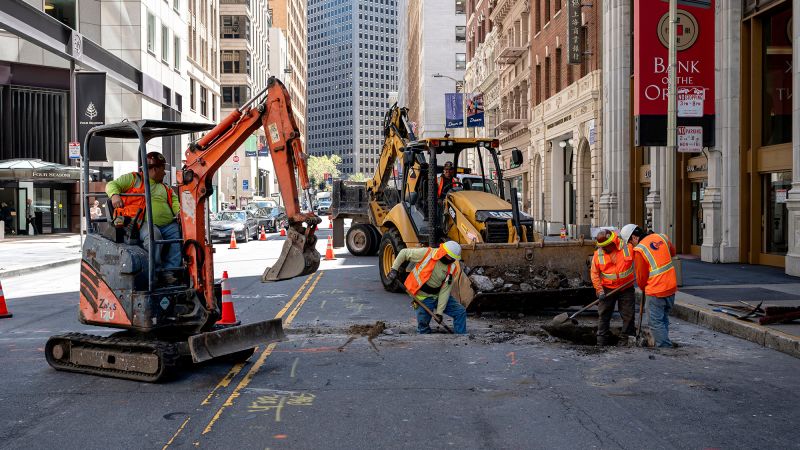The month of August began with jarring news as the Bureau of Labor Statistics released new data showing softer than expected job growth in July, with only 114,000 jobs added and the unemployment rate rising to 4.3%, the highest since October 2021. Economists had been expecting 175,000 new jobs and a 4.1% unemployment rate. This unexpected data raised concerns about the strength of the job market and the possibility of a pending recession.
Despite the disappointing job growth numbers, some experts believe that the labor market is still stable for the time being. Ernie Tedeschi, the former chief economist at the White House Council of Economic Advisors, described the report as a “treading water” jobs report and highlighted the ambiguity in interpreting a 100,000 per month jobs report as either positive or negative for the economy. While the economy could be approaching full employment, there are also concerns that the labor market may be deteriorating and in need of intervention from policymakers.
The Federal Reserve, which opted to hold interest rates steady despite concerns about a weakening labor market, is now facing scrutiny after the release of the July job growth numbers. With job gains weakening and the unemployment rate rising, there are doubts about the Fed’s decision and whether the labor market can sustain itself until the first interest rate cut in September. The stock market also reacted negatively to the news, with the Dow falling over 900 points as fears of a weakening economy grew.
Despite the concerns raised by the July jobs report, economists caution against overreacting to one month of data. Job gains have averaged 170,000 per month over the past three months, higher than the average monthly growth seen in 2019. While July’s job growth was the second lowest since December 2020, it is not the lowest recorded this year. This indicates that the economy is still in relatively stable territory and not yet in a dire situation.
President Joe Biden sought to calm fears after the release of the disappointing job numbers, highlighting that employment is still growing gradually at a time when inflation has significantly declined. The health care and social assistance industry led job growth in July, while other industries experienced slower growth or job losses. Wage growth also slowed more than expected, with average hourly earnings rising 0.2% for the month and 3.6% for the year, according to BLS data.
While the increase in the unemployment rate to 4.3% raised concerns about a recession, economists remain cautiously optimistic about the overall health of the economy. Despite the increase, the economy is still growing, consumers are spending, and layoffs are not mounting. The sharp rise in the unemployment rate may have been driven in part by individuals entering the workforce in search of higher wages. While concerns about the economy persist, many experts believe that the current economic conditions do not necessarily signal an imminent recession.













